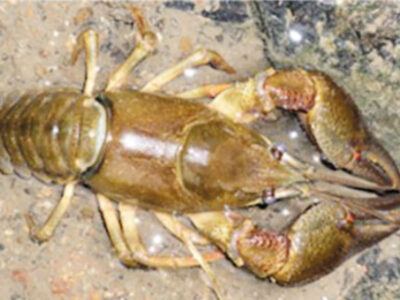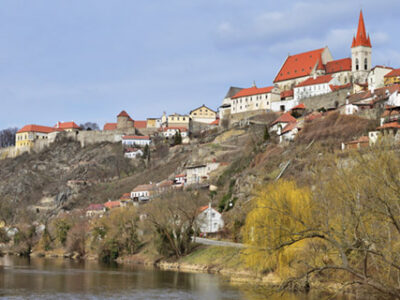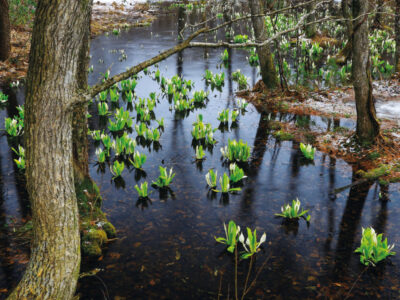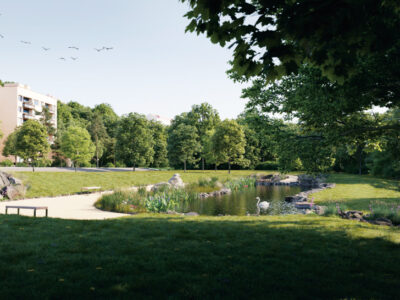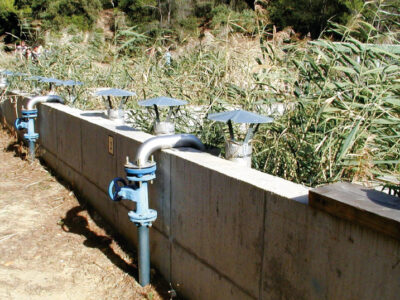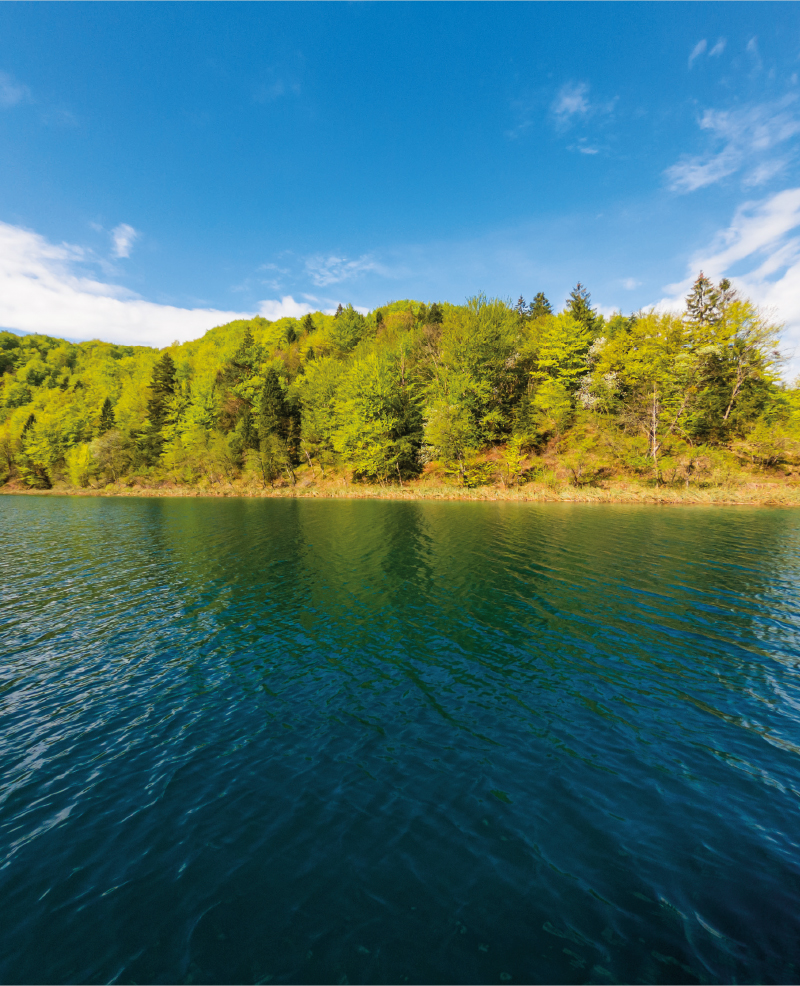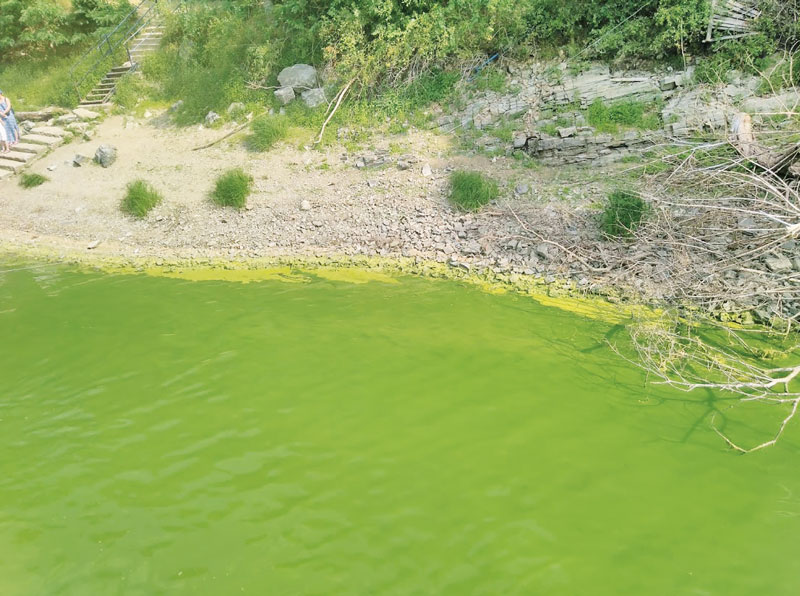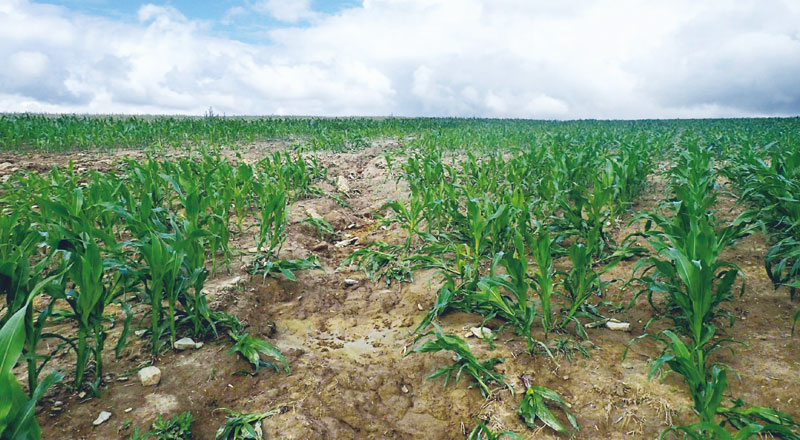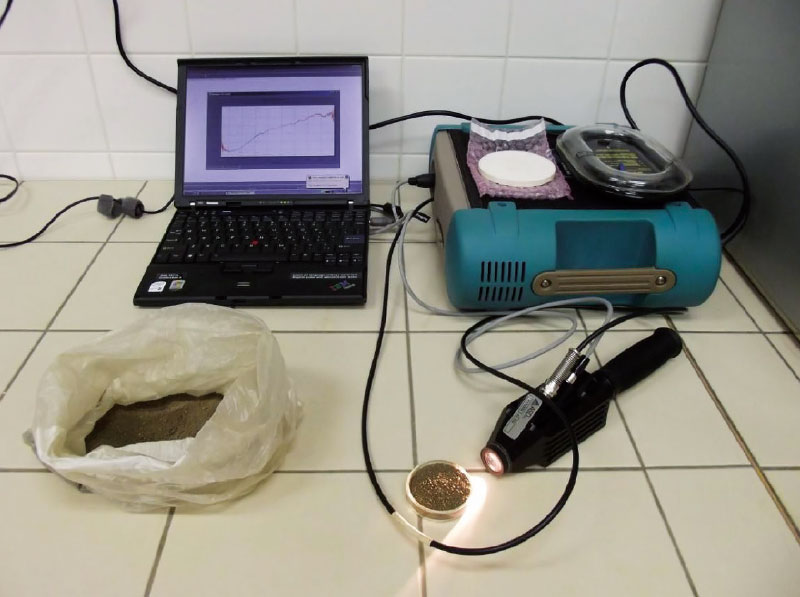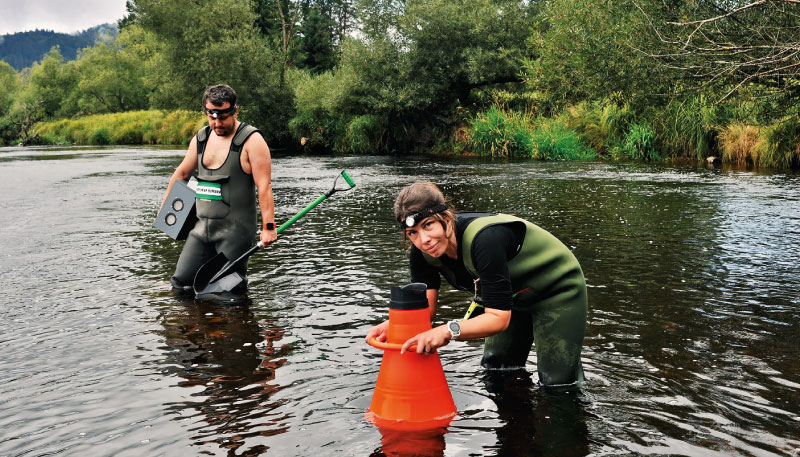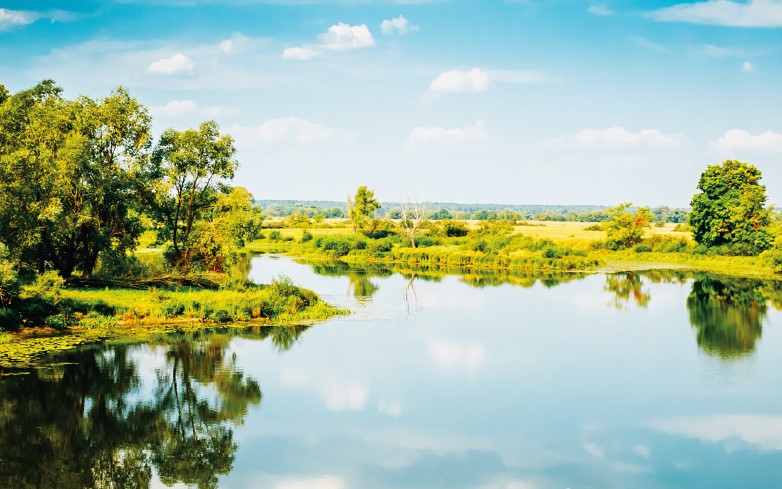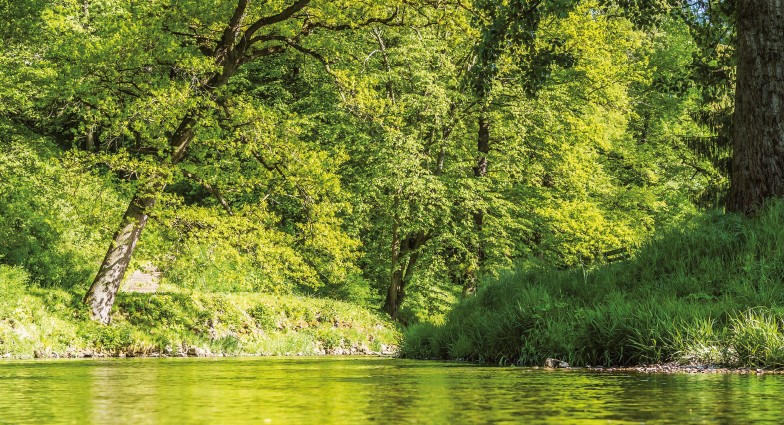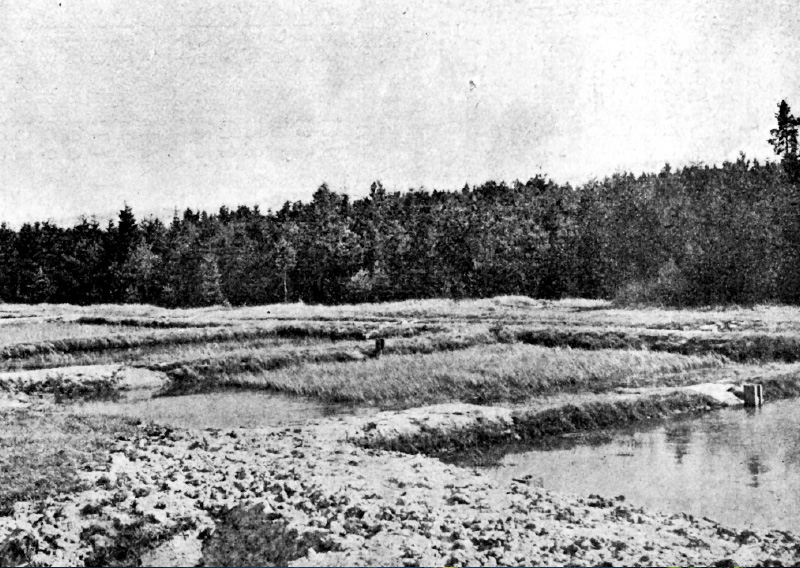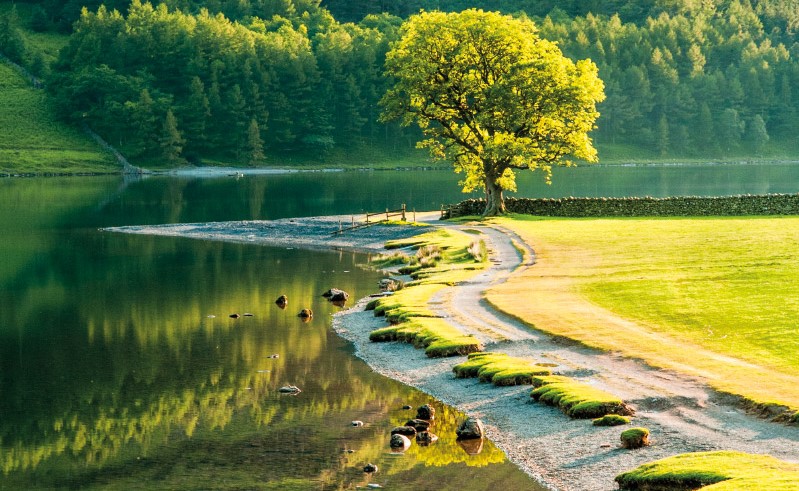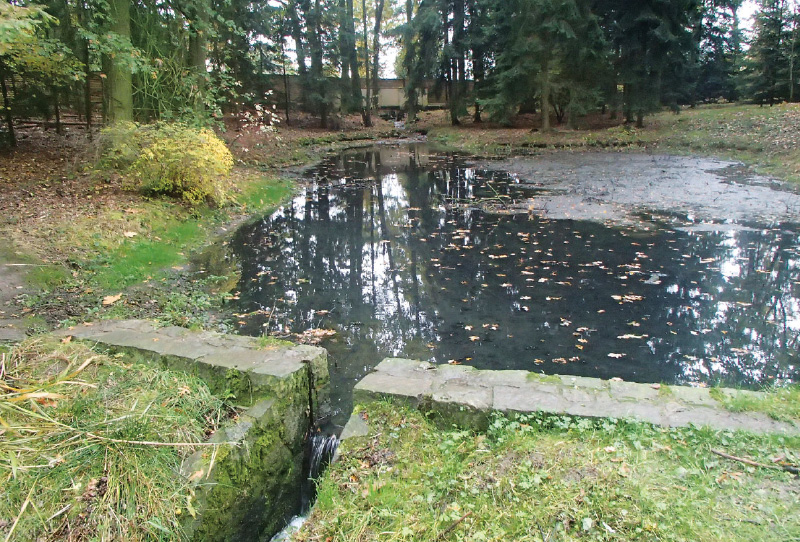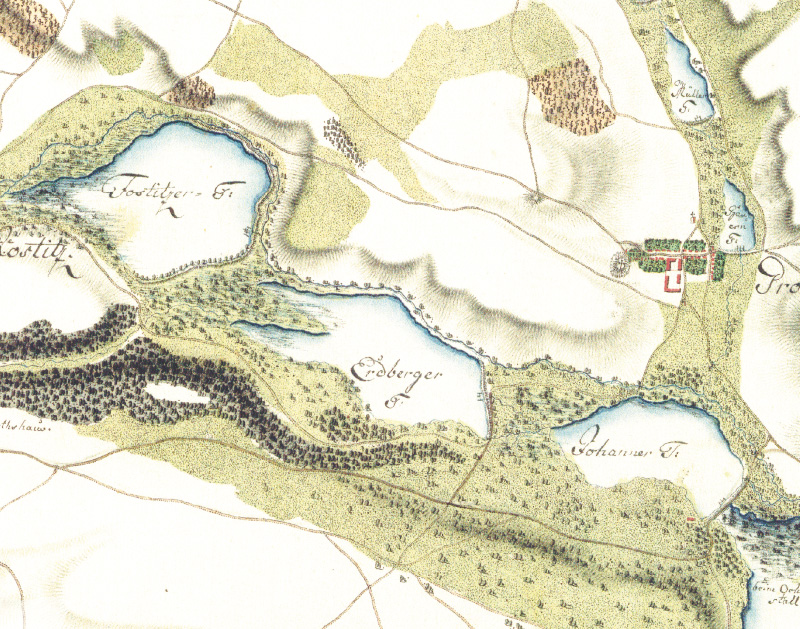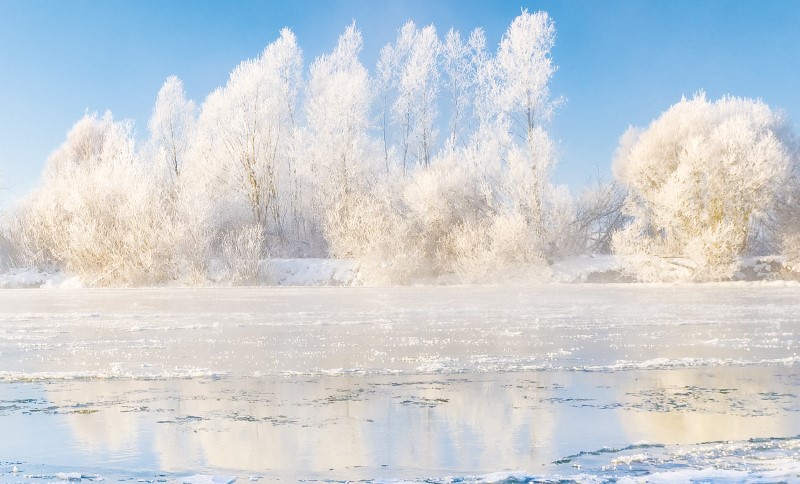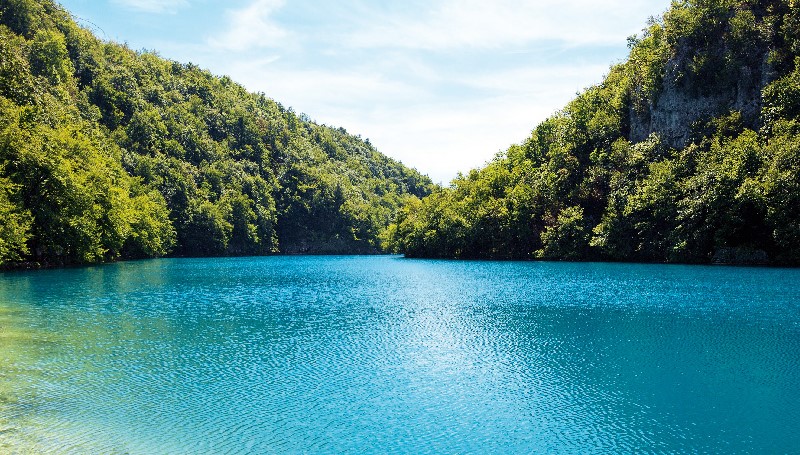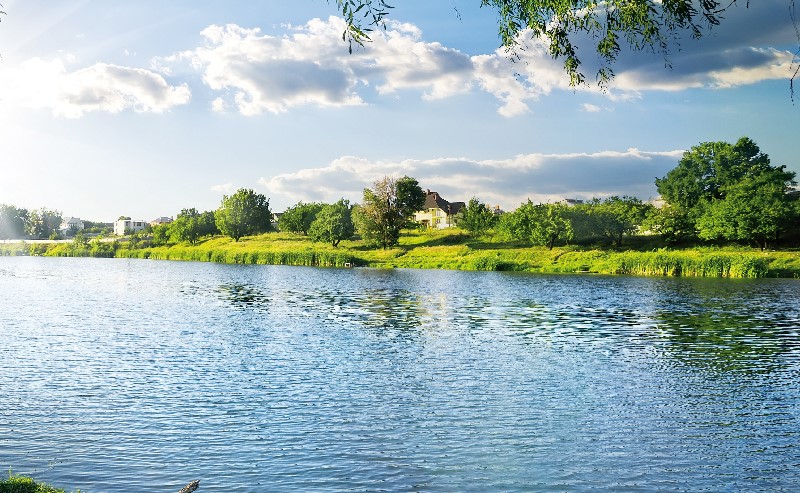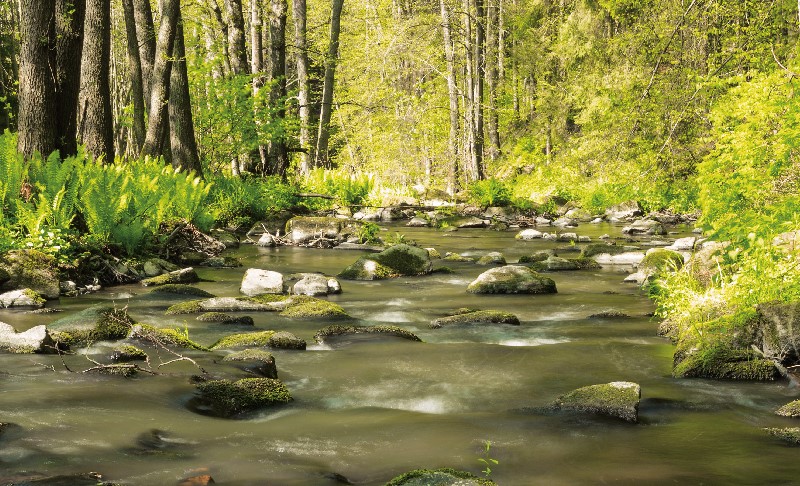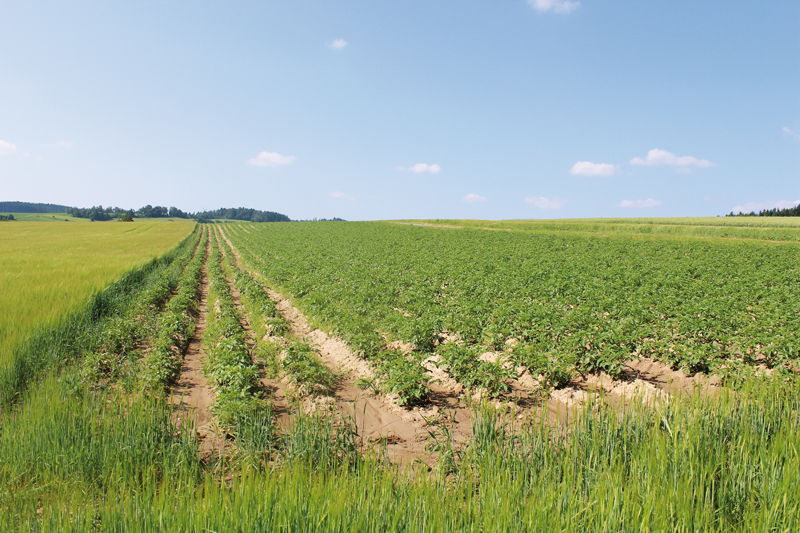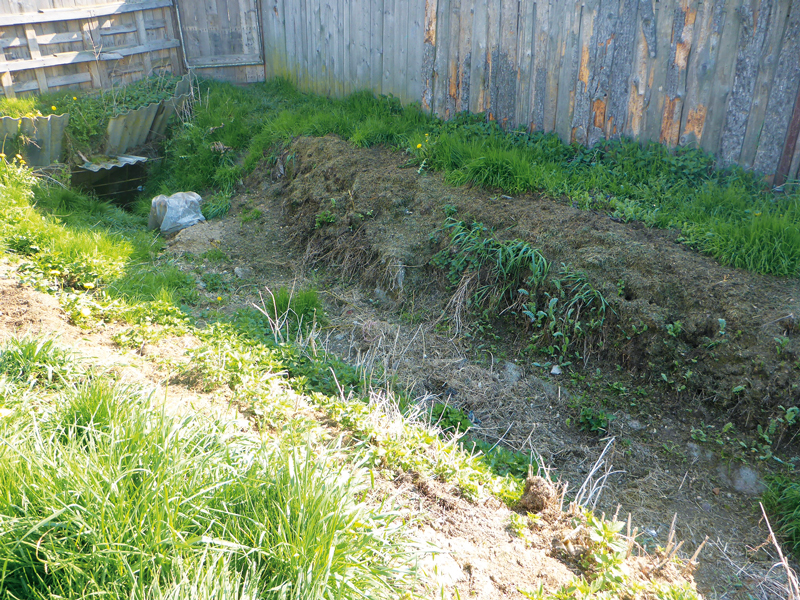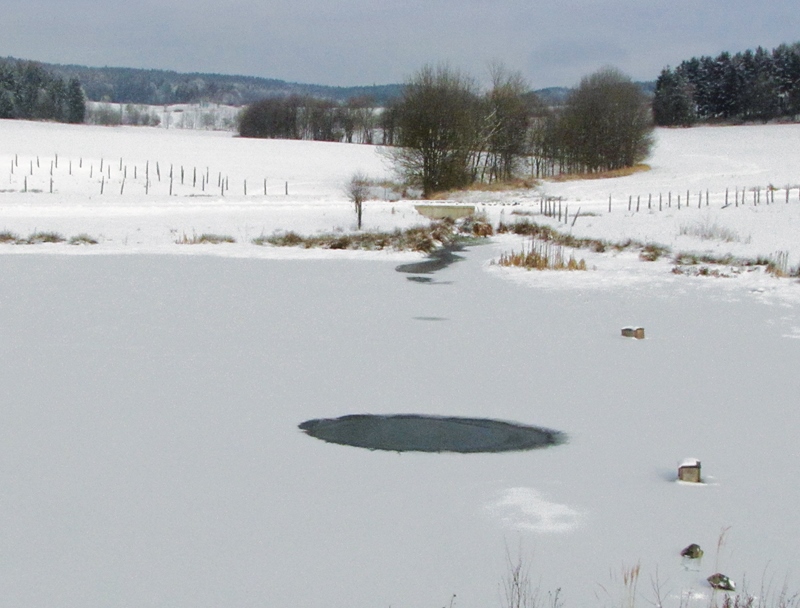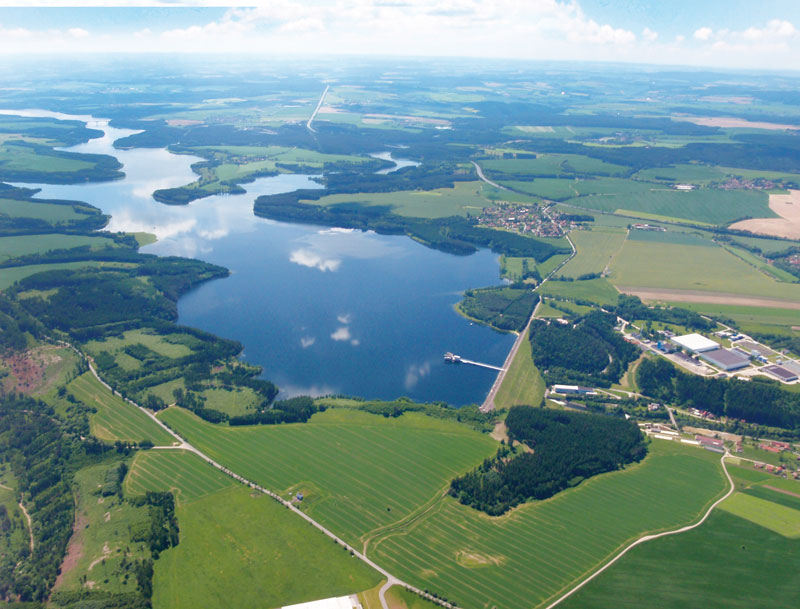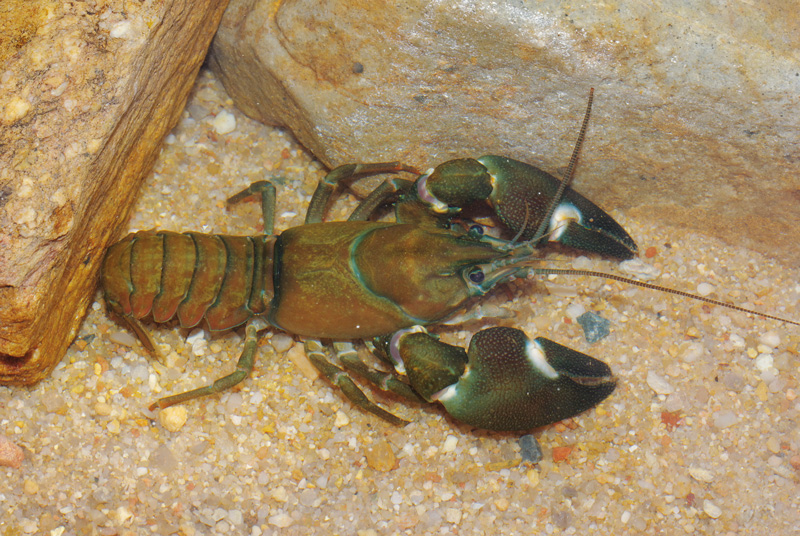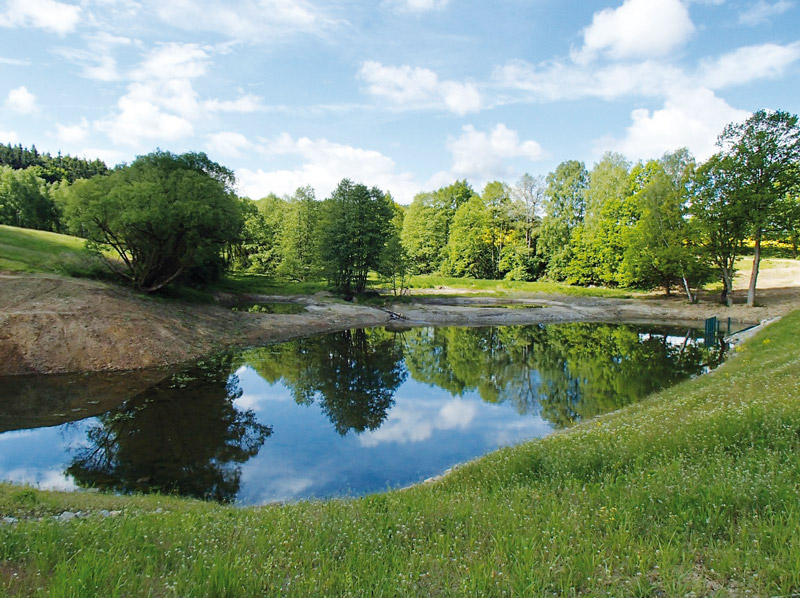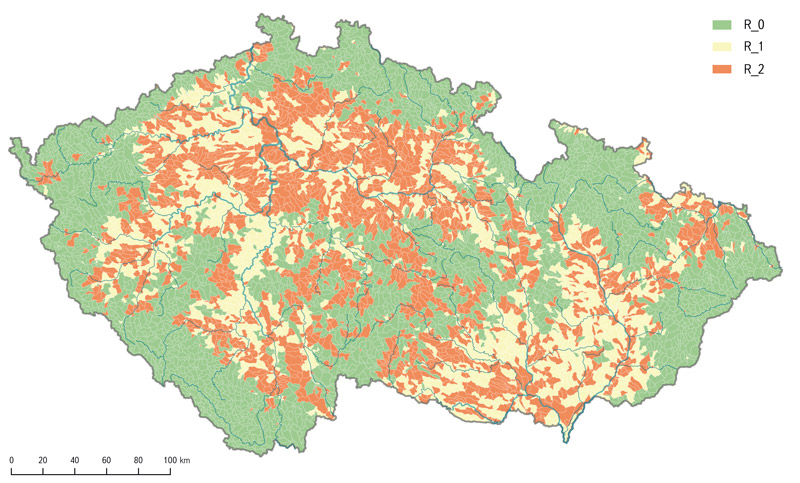Native versus invasive crayfish in the Czech Republic
A decrease in species diversity is a negative consequence of many human activities. The number of native animal and plant species is decreas-ing, their populations are shrinking or completely disappearing, the number of endangered species is increasing, and non-native species are spreading. Global problems are perhaps most evident in the example of freshwater ecosystems.
Invasions of non-native species, associated with high cultural-sociological and economic losses, are currently considered one of the most sig-nificant factors in the decline of species diversity. For these reasons, the issue of non-native species is receiving considerable attention world-wide.
There are currently six species of crayfish living in the wild in the Czech Republic, of which only two are native: noble crayfish (Astacus asta-cus) and stone crayfish (Austropotamobius torrentium). Narrow-clawed crayfish (Astacus leptodactylus) is a European species but not native to the Czech Republic. Other species – signal crayfish (Pacifastacus leniusculus), spiny-cheek crayfish (Orconectes limosus), and marbled crayfish (Procambarus fallax) come from North America and are invasive species [1, 3].
